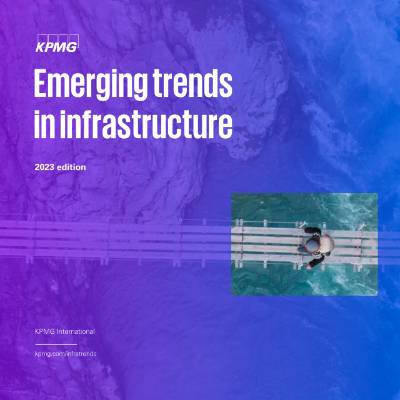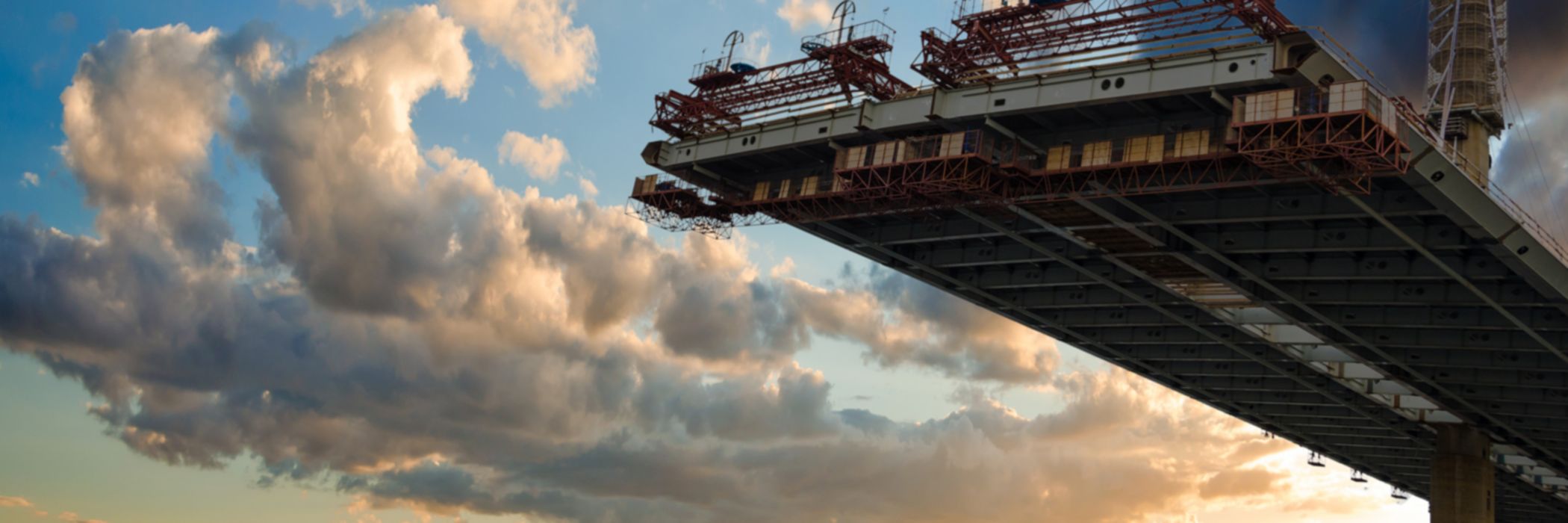Infrastructure assets are expensive. And they are made to last decades. So, there is an obvious reluctance to abandon them early. Yet society's needs and expectations have changed. Climate change has rewritten the value equation in many markets. And technological change has upped the risk of obsolescence.
Humans are sentimental creatures. We don't like to throw things away. Doubly so if we have put equity (financial or emotional) into it in some way. The problem is that an obsession with sunk costs is slowing the ability to transform. Some hold on to assets that no longer meet value equations. Others formalize processes that no longer work. Many cling to models that no longer reflect reality and subscribe to schools of thought that only reinforce the past.
The potential risks of trying to solve new problems within an old context and mindset are huge. It limits the imagination. It stifles innovation. It slows investment from flowing into new ideas and technologies. It increases costs, encourages waste and creates redundancy. If society is to move peacefully and confidently from the Industrial Age to the Age of Mass Customization (see trend 2), it should become much more willing to abandon the status quo and encourage greenfield thinking.
The transition may be the tricky bit. Rather than trying to replace the current kit with lower-carbon alternatives, people should be asking “what we are actually trying to achieve” and then come up with low (or no) carbon ways to do that. And carbon is only one of the important variables. Electric cars offer a good case in point. There may be a point where the damage caused by manufacturing the electric car outweighs the damage being done by the combustion engine it is replacing. Perhaps a better question is do we all still need to own cars to move around? But few are asking if we still need cars. The sunk costs embedded in road systems, fuel stations, traffic technologies and vehicles force us to cling to cars.
Even if people were to give up on traditional thinking tomorrow, we would still have to contend with a mountain of sunk costs and abandoned assets. What do you do with a coal plant that no longer meets sustainability expectations? Do we simply put out a closed sign, board up the door and walk away? That would leave a lot of investors holding the bag. Do we instead let it be sold down to an operator with fewer scruples or transparency requirements? That would only transfer the problem, not solve it. So is there an alternative that sees investors pour more capital into it, incrementally improving its footprint until it does fall within parameters? We hope so. But that will require new ways of thinking and new approaches to financing, funding, and regulation.
We suspect there will be multiple paths to adaptation and evolution for systems, assets and individuals. Some may lead to dead ends. But we must continue to explore each avenue as we search out a way forward. Scenario planning will be key in this regard.
This year, expect to see infrastructure planners and investors start to think more creatively about the problems they face and the outcomes they hope to achieve. Continuously polishing the status quo will not get us where we need to be. Infrastructure owners and investors need to be willing to walk away from our sunk costs and assets in order to find a better way.
Get in touch
Connect with us
- Find office locations kpmg.findOfficeLocations
- kpmg.emailUs
- Social media @ KPMG kpmg.socialMedia



